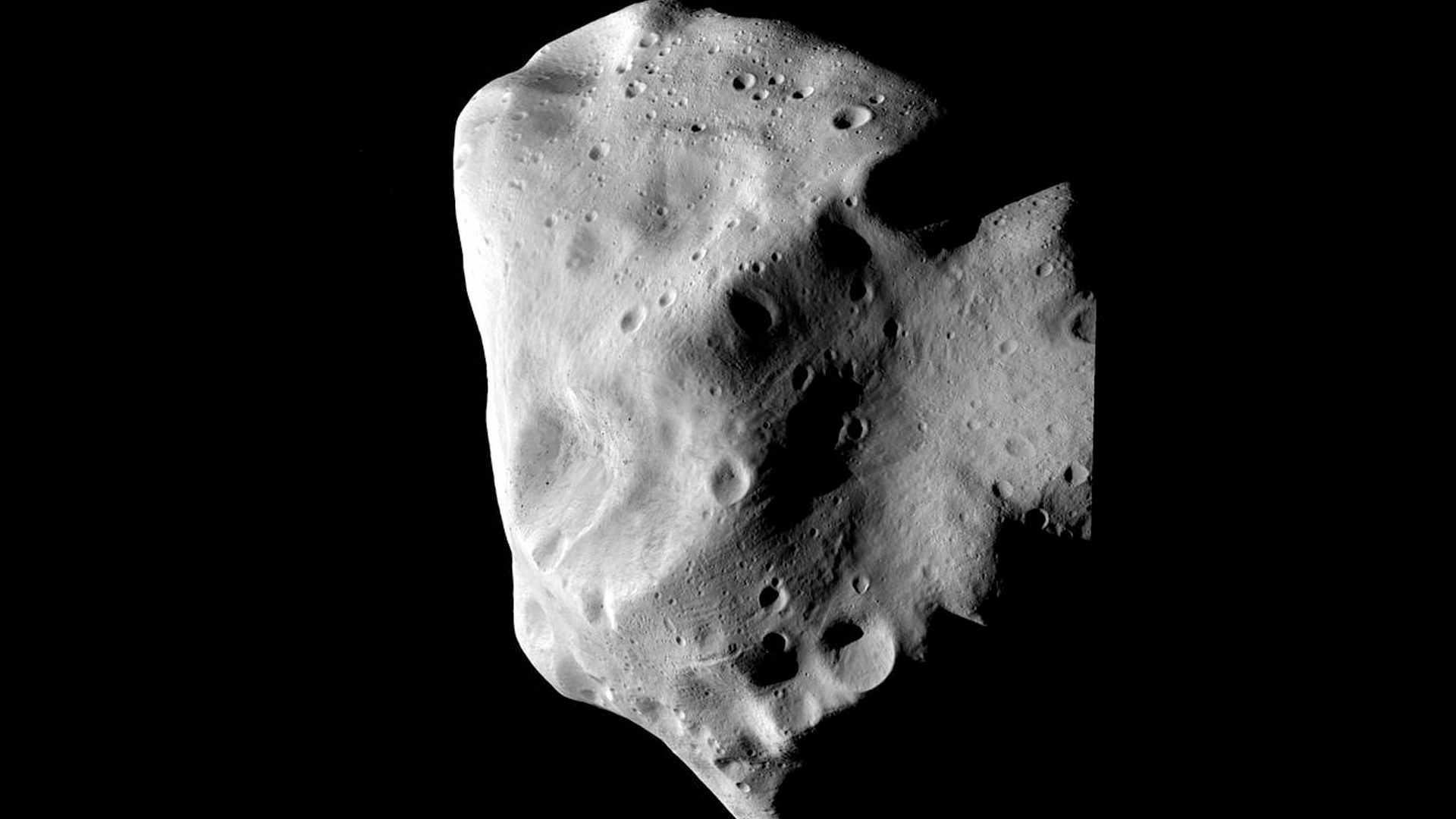#Scientists Find an Explosive Way to Neutralize Incoming Asteroids – Review Geek

“#Scientists Find an Explosive Way to Neutralize Incoming Asteroids – Review Geek”

Every two years, NASA’s Center for Near Earth Object Studies runs a simulation to see how its scientists could save the planet from an incoming asteroid. This year’s study wasn’t very comforting—the simulated asteroid appeared incredibly close to Earth, leaving astronomers with no option but to brace for impact. It’s a shame, because new research shows that nearby asteroids are safe to nuke.
In an ideal situation, scientists would identify an incoming asteroid years before it hits Earth. That would provide ample time for what NASA calls a “deflection” strategy, where rockets or other spacecraft alter an asteroid’s trajectory to prevent it from hitting our planet.
NASA actually plans to test deflection strategies during its DART mission, which begins November 24th. Basically, we’re going to shoot a rocket at a harmless asteroid to see if we can knock it off course. But here’s the problem—we may not have years to prepare for an asteroid impact. If we identify an incoming asteroid when it’s just a few months away from Earth, altering its course may be impossible.
And that’s where “disruption” strategies come into play. Astronomers have long believed that, while it may be safe to nuke faraway asteroids, shattering an asteroid that’s just months from hitting Earth could do more harm than good. All of those broken asteroid pieces have to go somewhere, and they could rain down on Earth.
But researchers at the Johns Hopkins University Applied Physics Laboratory found that the opposite may be true. The team programmed simulations of a 328-foot-long asteroid at varying distances from Earth. And even at one month’s distance from impact, we could safely nuke the sucker with a one megaton bomb.
Most of the simulated asteroid’s debris fell into the Sun’s orbit, leaving only 1% or less to come toward Earth. Results for larger asteroids are less impressive, though the simulations suggest that we could avoid 99% percent of a very large asteroid’s debris if we blow it up six months before it hits Earth.
Ultimately, researchers now believe that disruption is an effective last-minute strategy to combat incoming asteroids. But we still need more data to verify these findings. Reality doesn’t always match with what we see in simulations, and there may be unknown variables in these equations.
Source: Acta Astronautica via Gizmodo
If you liked the article, do not forget to share it with your friends. Follow us on Google News too, click on the star and choose us from your favorites.
For forums sites go to Forum.BuradaBiliyorum.Com
If you want to read more like this article, you can visit our Technology category.




